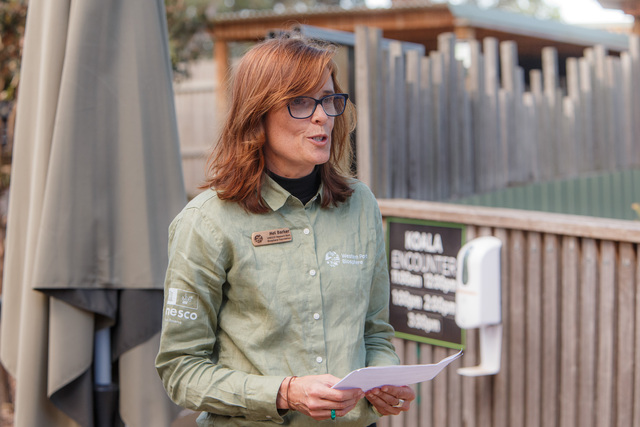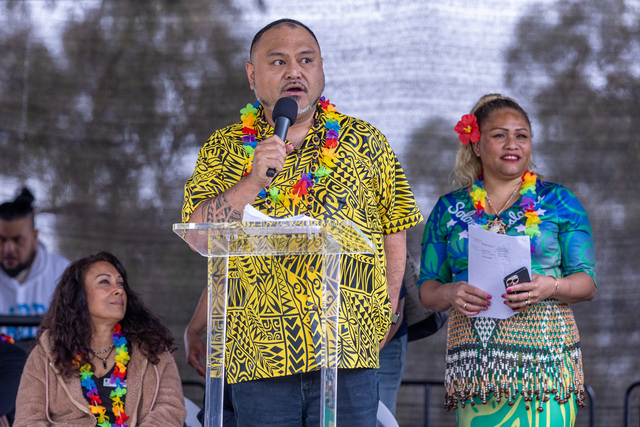The State Government is going ahead with plans to expand the Port of Hastings for the future assembly of offshore wind farms, despite the Federal Government vetoing the original project in January this year.
On 19 November, the State Government opened the public consultation of the draft scoping requirements of the Environment Effects Statement (EES).
According to the State Government, the purpose of the EES is to provide “a sufficiently detailed description of the project, assess its potential effects on the environment and assess alternative project layouts, designs and approaches to avoid and mitigate effects”.
The scoping requirement sets out the proposed specific environmental matters to be investigated and documented in the EES.
The project, known as the Victorian Renewable Energy Terminal (The Terminal), proposes to “develop and operate a facility to serve as a base for the assembly of offshore wind farms” at the Port of Hastings.
According to the initial proposal submitted for the referral of the Department of Environment, it involves 25 ha of vegetation clearing on the existing reclaimed land site, reclamation of 29 ha of seabed for a wharf structure and 92 ha of potential dredging to allow deeper ship access to wharf structure from the existing channel.
It is also proposed that the newly reclaimed land would be formed using the dredged material if feasible and further imported material.
Federal Environment Minister Tanya Plibersek rejected the proposal publicly in January this year. In her statement, she said that although detailed project specification and environmental assessment had not been undertaken, she noted and accepted the advice from the department’s Wetland Section Line Area that the information provided was sufficient to conclude that the project was “clearly unacceptable”.
She noted that a large part of the proposed development was within the internationally protected Western Port Ramsar Wetland (WPRW).
“Large areas of the WPRW will be destroyed or substantially modified as a result of direct impacts of the proposed action,” she stated.
“The proposed action is likely to cause irreversible damage to the habitat of waterbirds and migratory birds and marine invertebrates and fish that are critical to the ecological character of the WPRW.
“[It is also likely to cause] adverse impact on the habitat or lifecycle of native species dependent on the wetland, negatively impacting the ecological character of the WPRW and adverse impact on the ecological character of the WPRW is not only likely but unavoidable.”
In the recently published draft scoping requirement for EES, the project still includes land reclamation and dredging to allow for ship access, but the total reclamation size has shrunk to 18 ha, compared with the 29 ha in the initial proposal. The 18 ha reclamation now contains 12 ha for the operational area and approximately 6 ha for a quay apron.
The new dredging area has not been shared in the existing public document.
It is proposed that construction activities are scheduled to commence in late 2027, with the terminal expected to be operational by 2030, two years later than the initial document.
Chief executive officer of the non-profit organisation Western Port Biosphere Mel Barker said the project was still in the beginning process.
“We’re going to need to wait until these scientific studies are completed before anyone can really form a view on whether they are acceptable or not,” she said.
“We’re looking closely at these scoping requirements just to make sure they are doing all the studies that need to be done from that perspective.”
Ms Barker said the organisation strongly supported the accelerated transition away from fossil fuels to renewables, but it needed to make sure these renewables projects were designed and implemented in a way that protected the international significance of Western Port.
“Western Port is an internationally significant wetland in part because of its mudflats,” she said.
“Those mudflats are critical, feeding grounds for thousands of birds, some of which migrate from the northern hemisphere and need that food to survive.
“There are also seagrasses in that part of Western Port which, again, are a habitat for a number of species, but are also part of what is called blue carbon, something that draws down carbon and sequesters it in the muds of Western Port. From a climate perspective, it’s very important.
“Western Port, more broadly, has got a whole range of things. It’s got these mangroves and salt marshes that really protect our coastlines and help with carbon absorption.”
Shadow Minister for Energy, Affordability and Security, David Davis, said: “It’s clear that now from admissions in their Environmental Effects Statement materials that no work will commence at Hastings until at least 2027 and the plans for Hastings to be operational have slipped right out to 2030.
“Labor is now wedged through their own incompetence, between the closure of a key coal plant in 2028 and delays in meeting their offshore wind targets for 2032.
“The timeline to assemble offshore wind turbines at Hastings is now more than tight, it now looks unlikely, unless Labor sends the work, and jobs offshore, that is out of Victoria.
“Labor cannot manage money, cannot manage the energy system and Victorians are paying the price.”
A Victorian Government spokesperson said: “We’ve been laying the groundwork for the development of Australia’s first offshore wind industry here in Victoria.
“We continue to work with the Commonwealth Government on the Victorian Renewable Energy Terminal and will provide an update on this progress in our next Implementation Statement.”
The draft scoping requirements are open for public comment from 19 November 2024 until midnight on 11 December. Visit: engage.vic.gov.au/victorian-renewable-energy-terminal-ees-scoping-requirements








